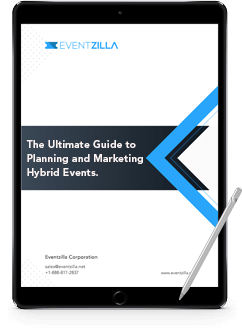EVENT MARKETING
Fill Your Events Faster: Marketing Tools to Reach the Right Audience
Go beyond event promotion. Eventzilla’s marketing tools help you build relationships, generate excitement, and keep attendees
engaged throughout your event lifecycle.
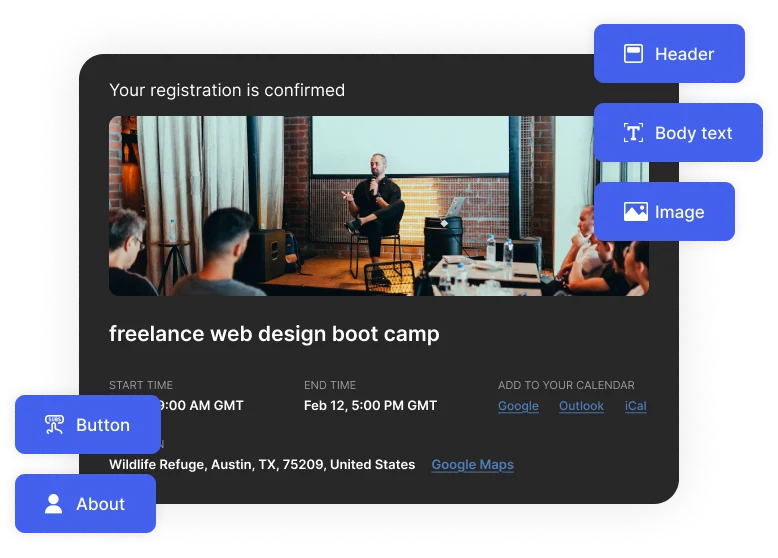
organizers worldwide
0
+
event websites created
0
+
registrations processed
0
+
Trusted by
Free Event Website
Custom Website URL
Email Marketing & Analytics
In-App Promos on Event Hub
Embeddable Registration Widget
Craft Your Event’s Home
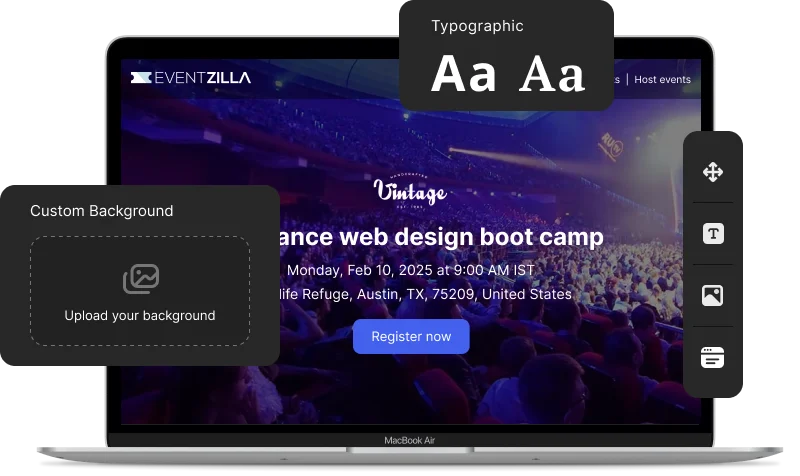
Free Captivating Event Website
Design a branded event website that markets your event effectively, no coding needed. Highlight sponsors,
speakers, and agendas, providing a seamless,
device-friendly attendee experience.
Get the Word Out
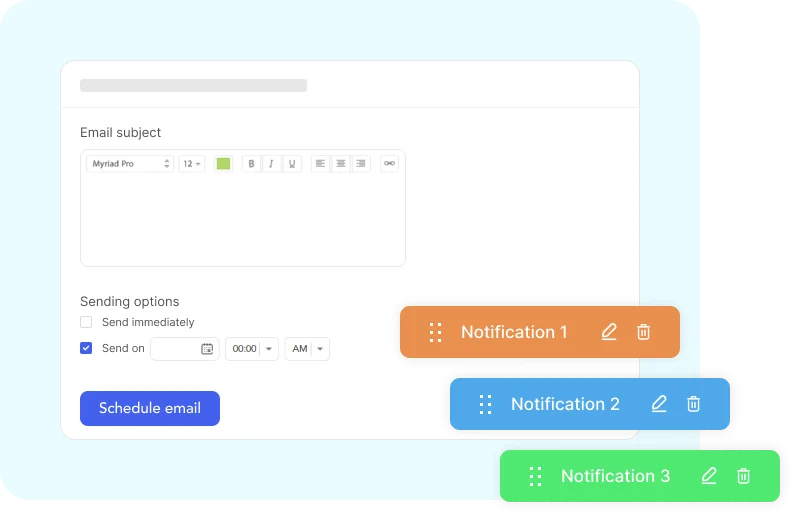
Unleash Powerful Email Marketing
Boost registrations and engage attendees with personalized, automated emails. Leverage bulk invitations, integrations, and real-time analytics to optimize your email campaigns for success.
Take it Up a Notch
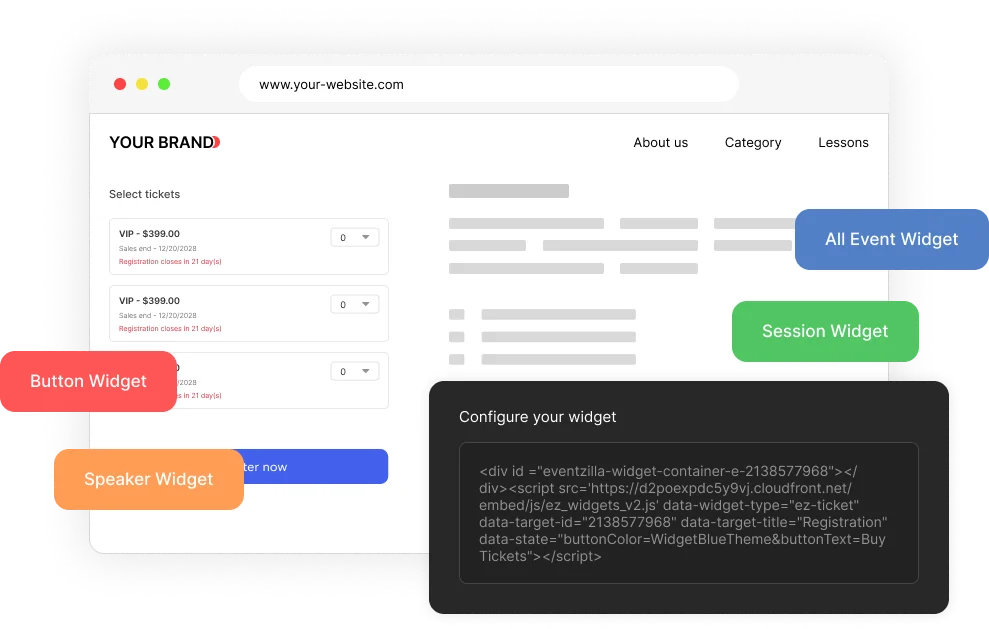
Embeddable RSVP Widget
Collect registrations and RSVPs directly from your website or
blog visitors. Easily embed our event RSVP widget
to boost registrations.
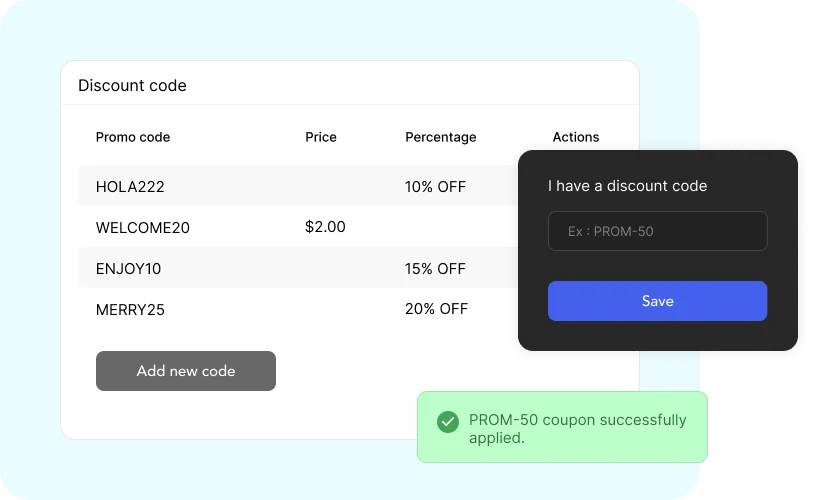
Discount Codes to Generate Buzz
Incentivize attendees with time-limited promo codes, dollar-amount, or percentage-off coupons. Offer group discounts to encourage registrations among friends and colleagues.
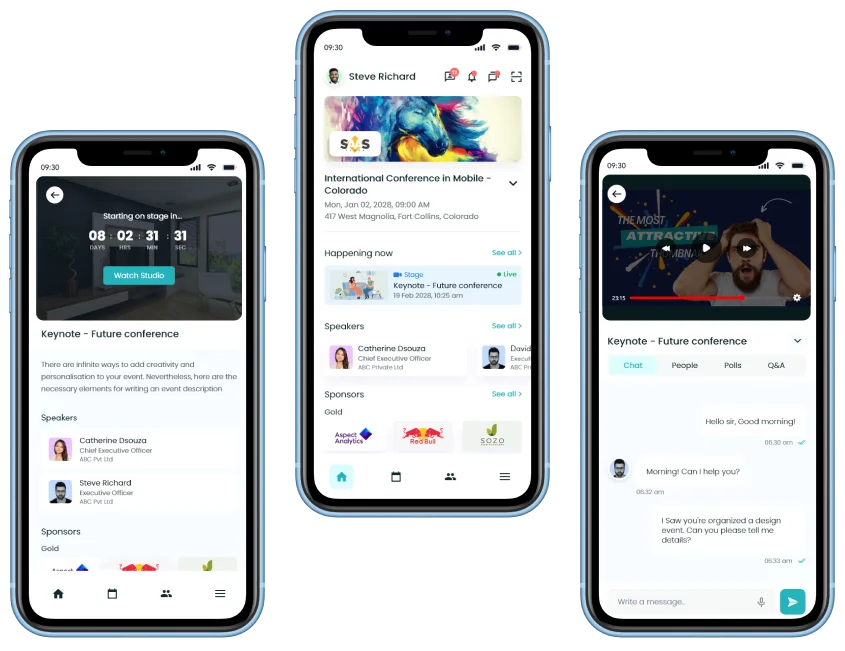
Engage Attendees, Anywhere, Anytime
Make networking a breeze and engagement skyrocket with Eventzilla’s Event Hub mobile app. With tailor-made agendas and lively interactive features, we’re setting the stage for impactful connections and a buzzing event atmosphere.
Great for Starting Your New Events to Scale
"Eventzilla makes setting up and managing events straightforward, even for first-time users. The platform is easy to use and includes tools to support engagement before and during the event. It’s a solid option for event management."
Earl L,
Customer Marketing Specialist
FAQs
All your questions answered
How can Eventzilla help promote my event?
Eventzilla provides a suite of built-in promotional tools, including customizable event websites, targeted email campaigns, and social media integration. These features help you create and distribute marketing materials efficiently, boosting your event’s visibility and attendance.
Can I integrate my existing marketing tools with Eventzilla?
Yes, Eventzilla integrates seamlessly with over 500 apps through Zapier. This allows you to sync your CRM, email marketing, and social media campaigns directly with Eventzilla, enhancing your outreach and streamlining communications.
What options are available for creating an event website?
With Eventzilla, you can create stunning, branded event websites without any coding. Choose from a variety of pre-built templates and customize them to reflect your event’s unique style, ensuring a professional online presence.
How does Eventzilla support email marketing?
Eventzilla’s platform includes robust email marketing tools. You can create targeted email campaigns to engage your audience, send out event reminders, and keep attendees informed with automated updates, all designed to maximize attendance and engagement.
What social media features does Eventzilla offer?
Eventzilla’s social media integration allows you to easily share event details across multiple platforms. Promote your event, engage with your audience, and drive ticket sales through strategic social media campaigns.
Can I track the effectiveness of my marketing efforts with Eventzilla?
Absolutely! Eventzilla offers detailed analytics and reporting tools to measure the impact of your marketing campaigns. Track website traffic, email open rates, and social media engagement to understand your audience better and refine your marketing strategies.

